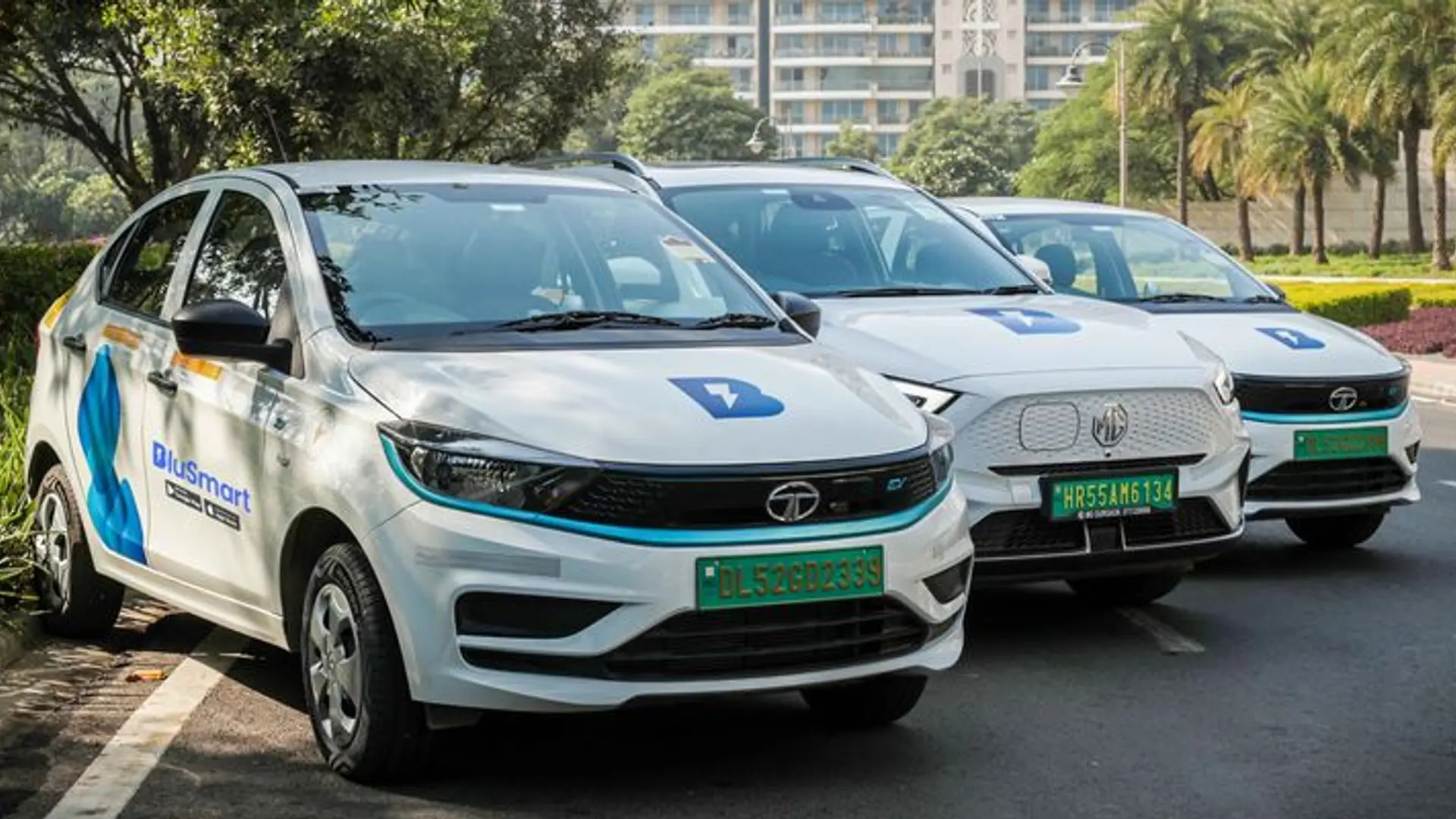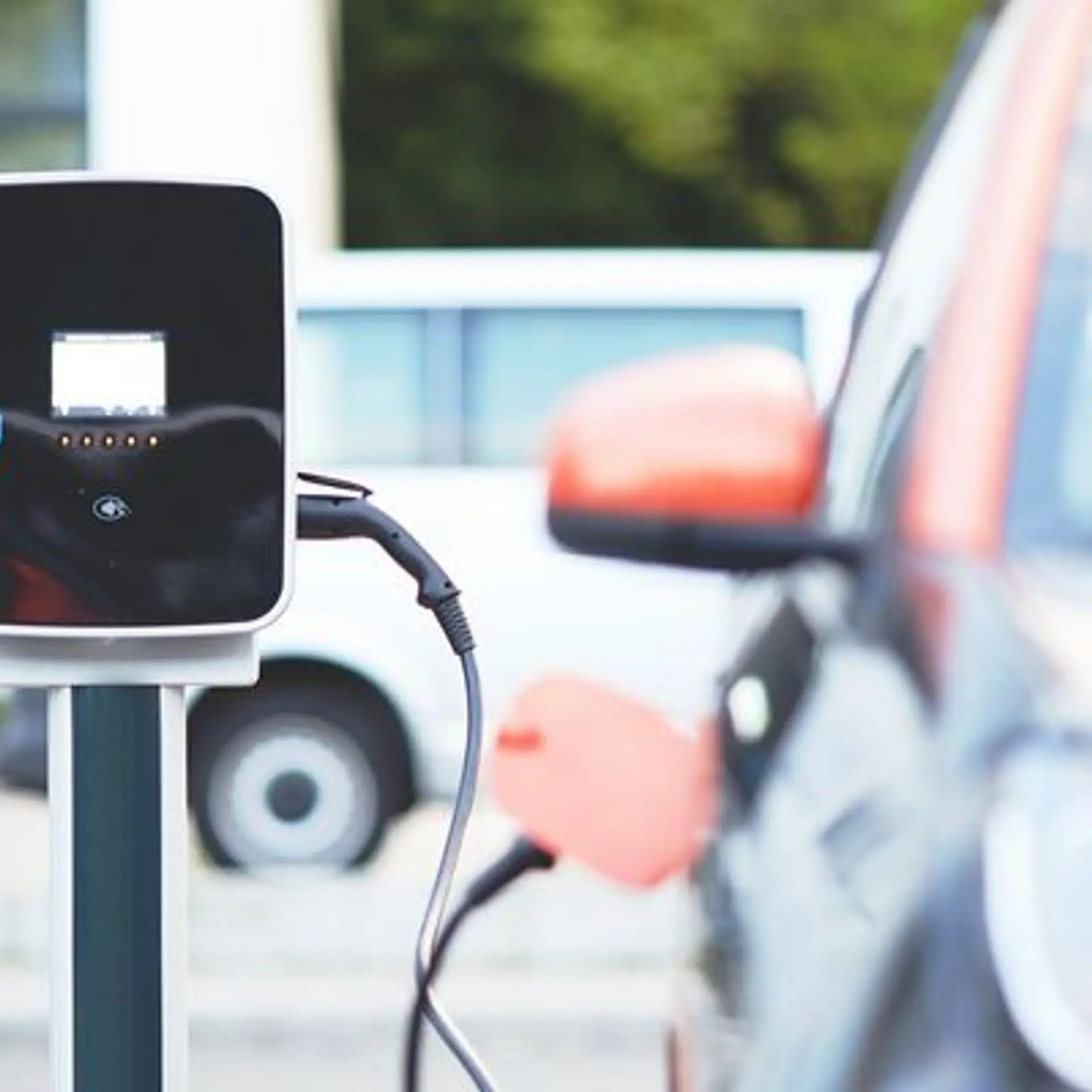What's the rush: Will Zomato’s 10-min delivery stand the test of time?
Food delivery giant Zomato recently announced Zomato Instant — its 10-minute delivery option — triggering strong reactions from many. The question now remains, how feasible is Zomato’s commitment?
Since CEO and Co-founder Deepinder Goyal announced the launch of Zomato Instant — its 10-minute delivery option — strong reactions have been pouring in on the dangers it poses for delivery partners.
This push for 10-minute delivery is challenging for both delivery partners and any organisation gunning for such a move. Deepinder, in his blog, also pointed out —“Nobody, so far, has been able to deliver hot and fresh food in under 10 minutes at scale.”
But, before we get into its operational intensity, does it mean the delivery partner has to rush to a location? Deepinder clarifies, saying this wouldn’t be the case.

So how will Zomato do it?
Zomato is looking to fulfil its quick delivery promise, with a focus on dense finishing station networks located close to high-demand customer neighbourhoods.
For this, the Gurugram-headquartered foodtech giant has employed sophisticated dish-level demand prediction algorithms and future-ready in-station robotics to ensure the food is sterile, fresh, and hot at the time it is picked by a delivery partner. And, the average delivery time is 20 minutes.
In his blog, Deepinder said —
“We narrowed down to these eight principles around which we are building Zomato Instant —
- (Almost) as affordable as home-cooked food
- Highest quality of fresh food
- World-class hygiene practices
- Minimal use of plastic packaging
- Convenient packaging for quick and easy consumption
- Traceable supply chain
- Delivery partner safety
- Deep collaboration with restaurant partners.
According to a young marketing executive working for a large agency, “Getting freshly cooked food in 10 minutes seems like an extremely tough game. Is the food pre-cooked and then served? If so, that defeats the freshly cooked option.”
Here, Zomato aims to house bestseller items of about 30 dishes from different restaurants based on demand predictability and hyperlocal preferences to its finishing stations.
But why the need for a 10-minute delivery?
Since the COVID-19 pandemic, people adapting to digital-first brands, products, and getting everything delivered at their doorstep has significantly increased.
The word “convenience” — the biggest promise made by any hyperlocal delivery startup since 2015 — has finally reached its fruition.
However, today, convenience doesn’t mean 45 minutes; It means 10 to 15 minutes.
Deepinder explained, “Luckily, the experience of having delivered 1.35 billion orders across India over the years makes our job a little easier. Due to demand predictability at a hyperlocal level, we expect the price for customers will get significantly reduced, while the absolute Rupee margin/income for our restaurant partners and our delivery partners will remain the same.”
“When we had started hyperlocal delivery in 2014, it was a new concept; The market didn’t exist. We had to create everything from scratch — training of the delivery partners, restaurant partners, and consumers,” said the founder of a hyperlocal delivery startup, which had to shut shop later, requesting anonymity.
He explains the task was operationally more intensive. It is not easy even today.
How will it work? And, will it work?
A founder of another hyperlocal delivery startup said, “Today, the market is less accepting of delays. The restaurant delays, traffic, and other factors all need to be accounted for in advance. The margins for errors are significantly lower. The customer is used to a certain standard of delivery and expects the same from all.”
COVID-19 forced people into their homes, making it difficult for them to step out. Hyperlocal delivery giants were looking for this never-before-seen demand, which meant they had to solve fast supply chain and operational inefficiencies.
“This meant working on building dark stores and hyperlocal hub-and-spoke warehouse models, tying up with brands directly, and creating an army of delivery executives. Only this could ensure the timely delivery,” explains another investor, requesting anonymity.
Zomato, too, with its finishing stations, is looking at a similar model.
An analyst translates this to hiring more people on the ground — delivery executives and people who pack the meals.
“While there would be significant online and tech mechanisms in place, it cannot run without the help of people,” the analyst added.
“Only time will tell if Zomato can actually pull it up. It would mean creating absolute customer trust that the finishing stations will not have pre-cooked meals, but only fresh meals,” said another investor.
From April onwards, Zomato aims to pilot Zomato Instant with four stations in Gurugram, which will show how the 10-minute delivery pans out for the food delivery giant.
Edited by Suman Singh





![[Product Roadmap] How fintech startup PayMe India evolved into a full-stack digital lender in just five years](https://images.yourstory.com/cs/2/a9efa9c02dd911e9adc52d913c55075e/PR1-1647346135418.jpeg?fm=png&auto=format&h=100&w=100&crop=entropy&fit=crop)




